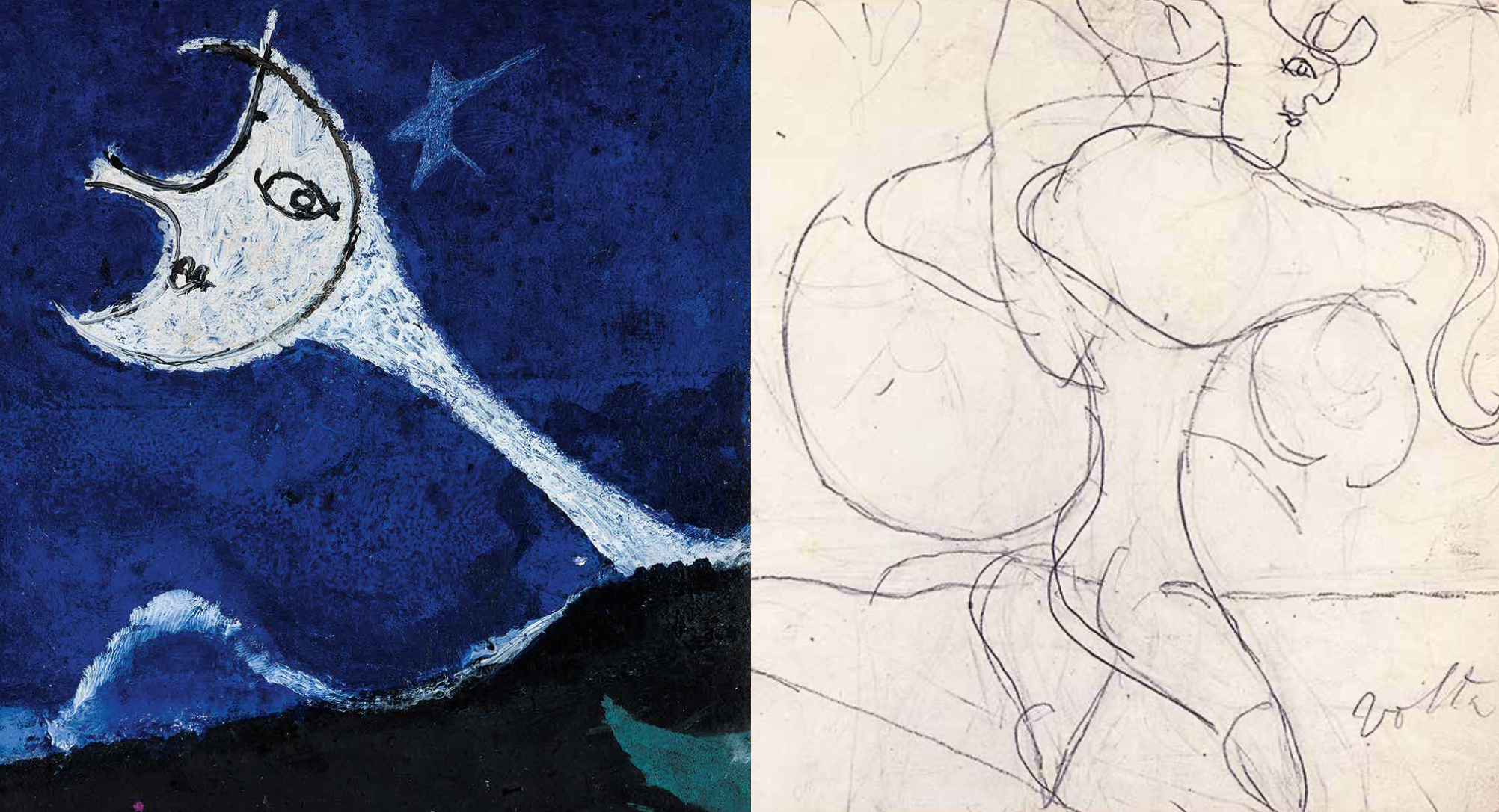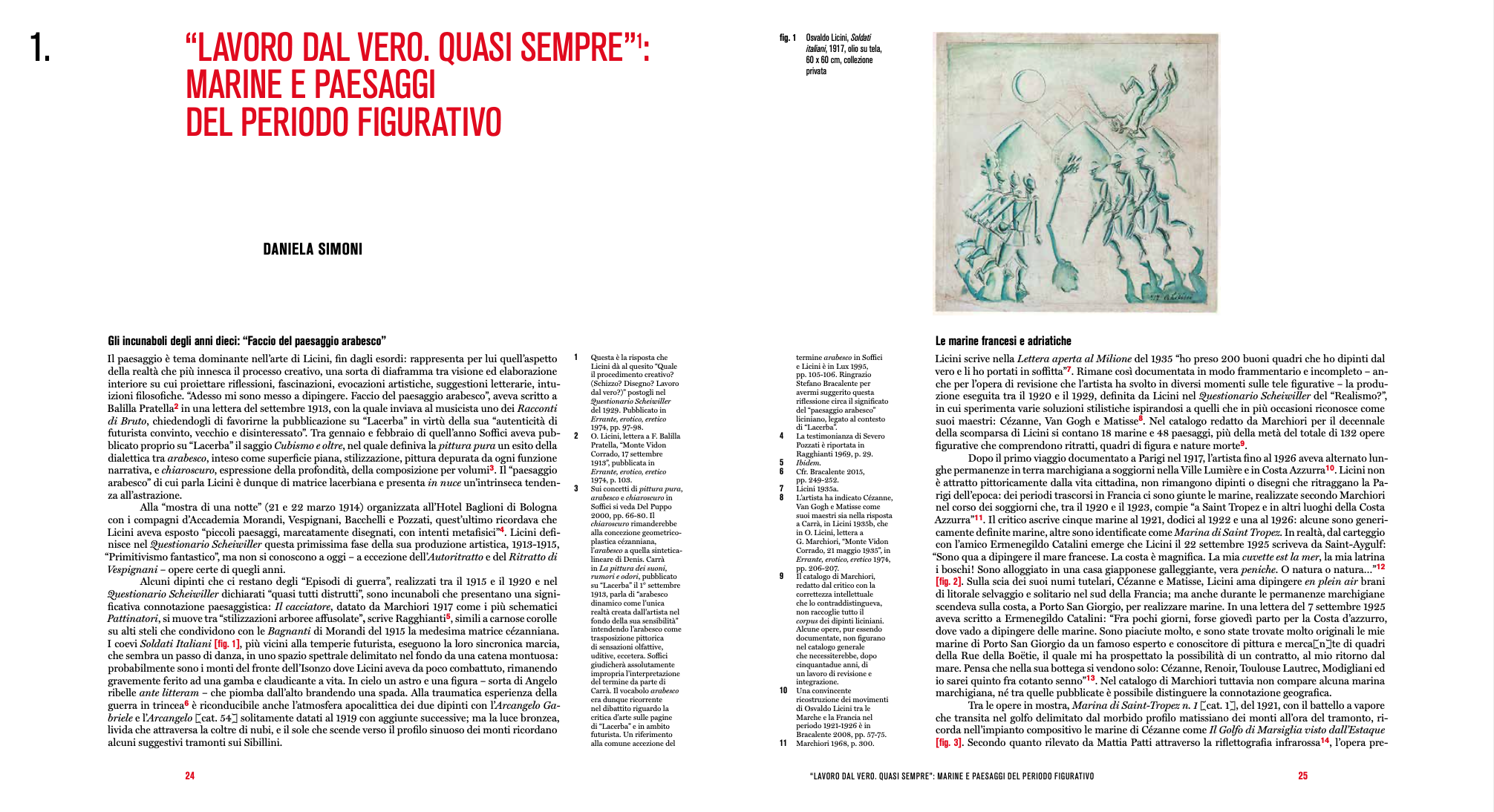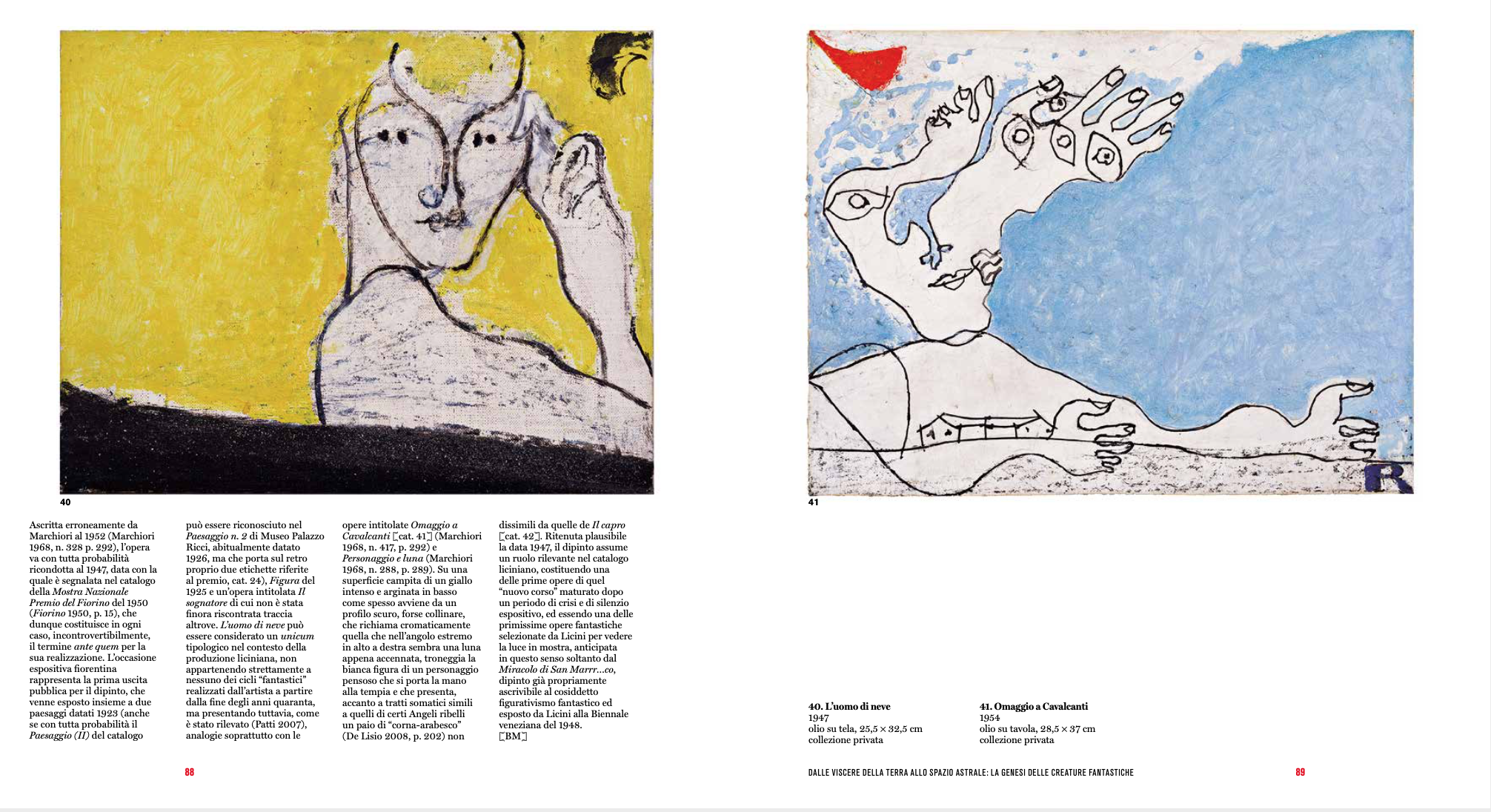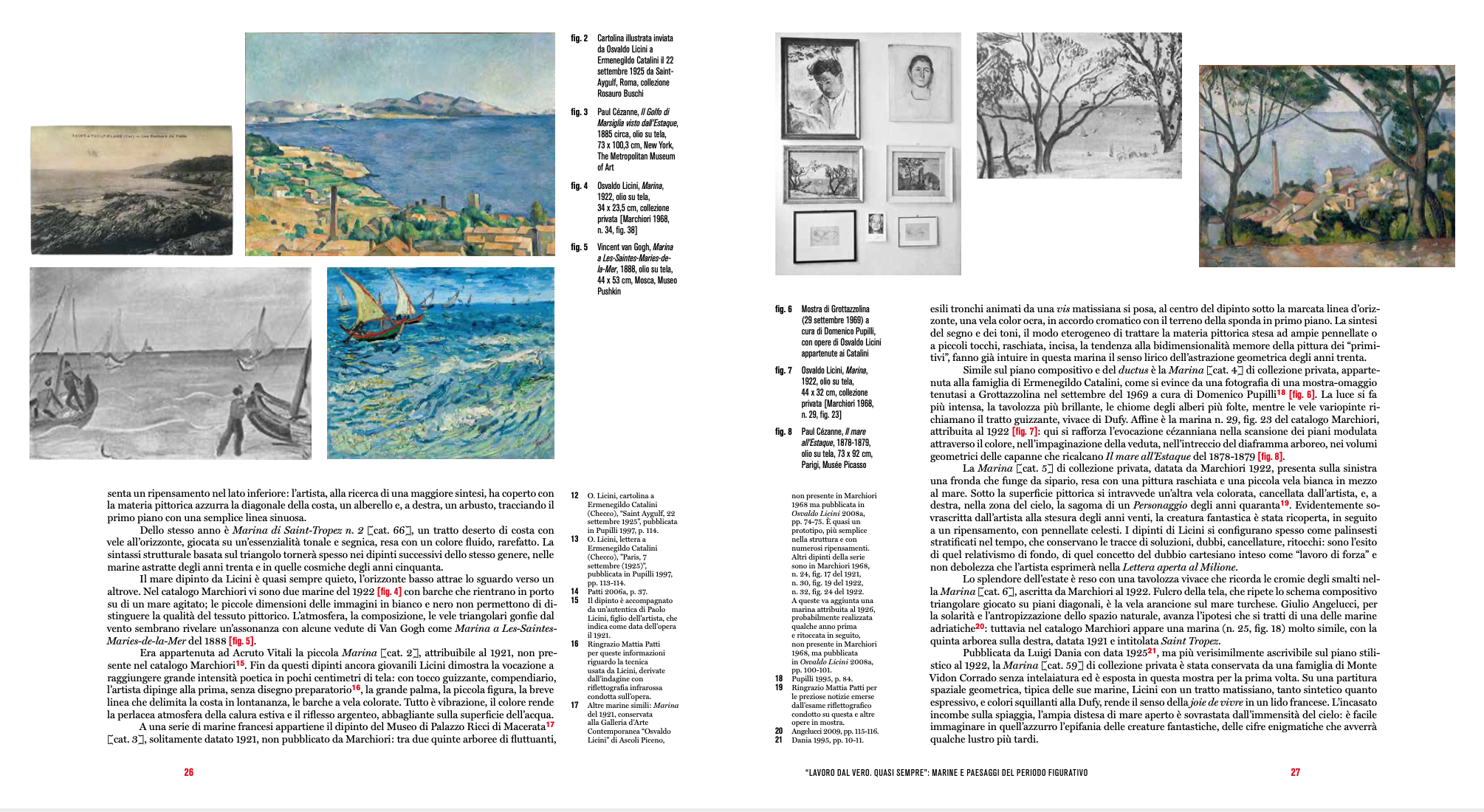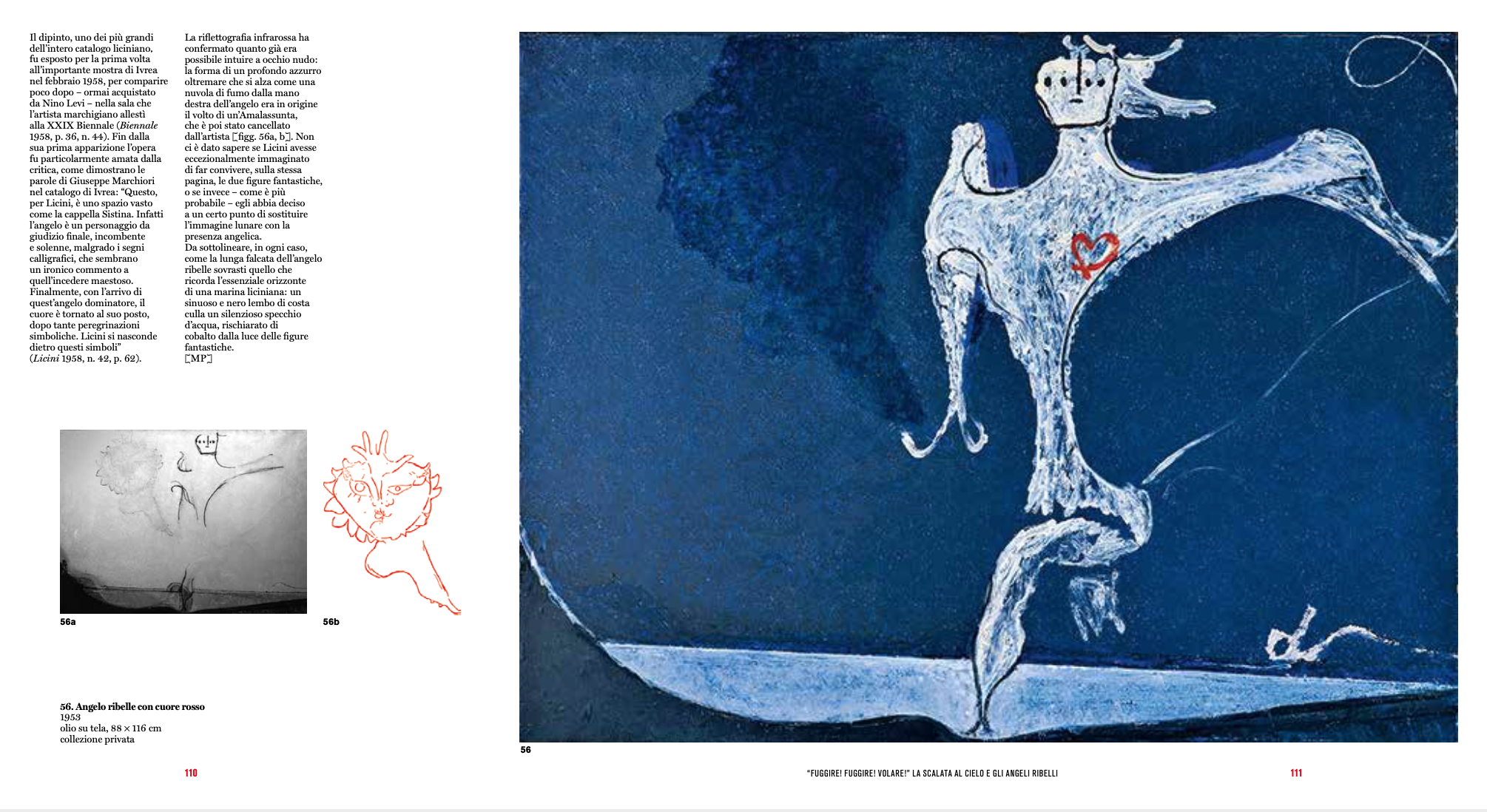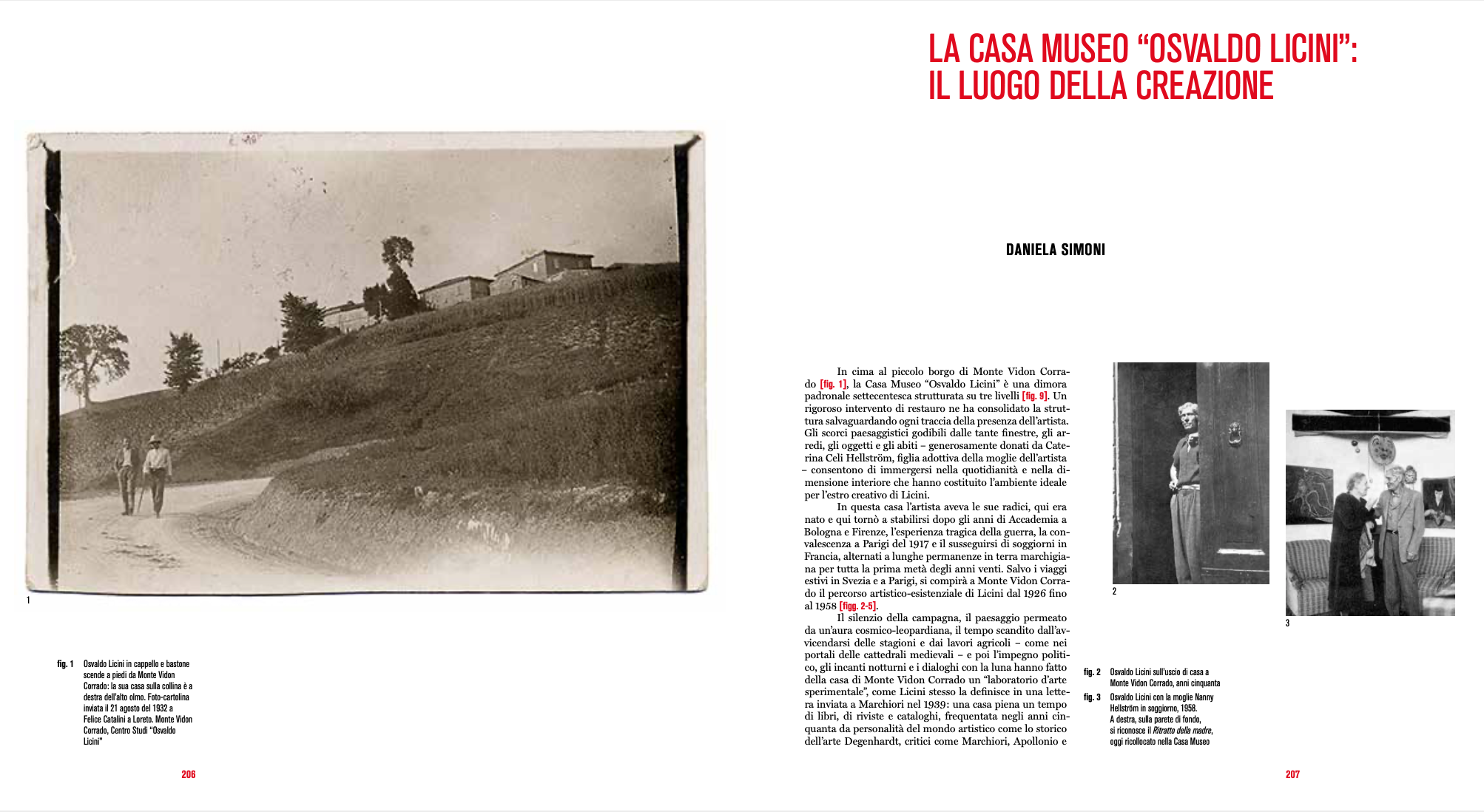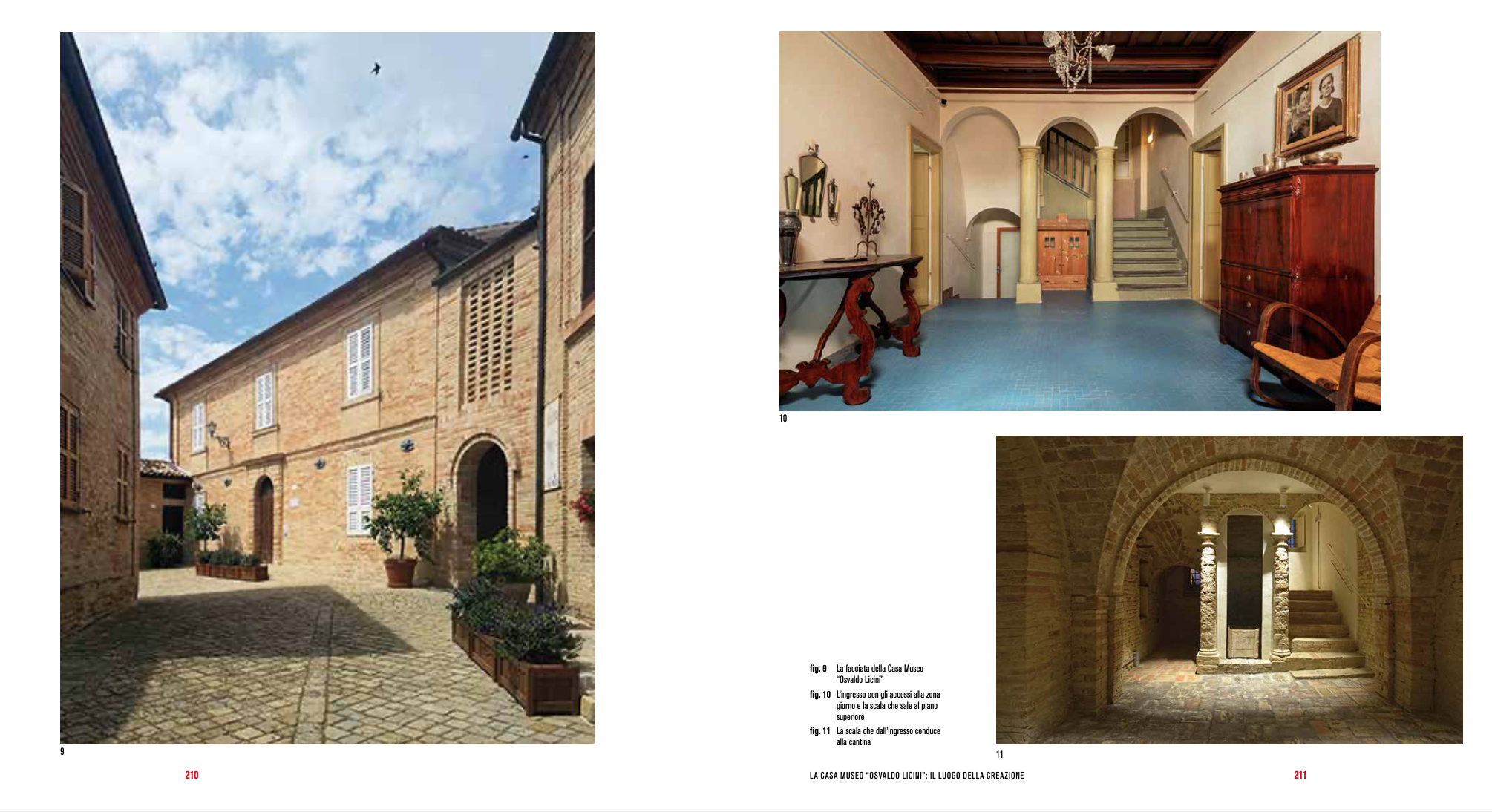The volume accompanies the exhibition “La regione delle Madri. I paesaggi di Osvaldo Licini” (The Region of the Mothers. The Landscapes of Osvaldo Licini), presented in the artist’s native town, Monte Vidon Corrado, at the Centro Studi and the Osvaldo Licini Museum-House, from 25 July to 8 December 2020.
Through more than 100 works, some of them never exhibited, others rarely present in the reviews of recent years and brought from Italian and foreign collections and museums, the exhibition investigates the relationship between Licini and his region, the French seascapes and Swedish views, the pictorial and literary sources, the landscapes described in the letters and those drawn or painted and their internalisation until the cosmic projections of Licini’s last years.
The gestation of the works of fantastic figurativism has its roots in Licini’s adhesion to “Valori Primordiali”, the movement of the theosophist Franco Ciliberti -the exhibition’s title stems from a letter from the painter to the scholar – based on a spiritualistic metaphysic fusing different orientations, Pythagoreanism and Neoplatonism, Jungian archetypal conception and myth.
The exhibition catalogue provides an opportunity to reflect on the dating of Licini’s works from the twenties and presents previously unpublished documents, decisive for understanding the transition to the phase of his iconic Personages, the Amalassuntas, the Rebel Angels, through significant diachronic thematic paths and unusual combinations, detailed in the curatorial texts.
The major specialists are entrusted with essays that describe the assonances with Leopardi’s poetic, trace Cézanne’s lesson in compositional architecture and the artist’s pictorial material, outline the exhibition history and the history of the collecting of Licini’s landscapes.
The publication is enriched by numerous entries on the paintings, which also present the results of recent diagnostic investigations, an updated biographical profile and the itinerary to discover the Museum-House which preserves all traces of the artist’s presence. As some splendid images demonstrate, the landscape views that can be enjoyed from the many windows of the eighteenth-century residence, together with the furnishings, objects and clothes, enable visitors to immerse themselves in the everyday life and intimate dimension that constituted the fertile soil for the painter’s creative inspiration.
The catalogue is edited by Daniela Simoni and was produced with the collaboration of Stefano Brancalente, Nunzio Giustozzi, Biancalucia Maglione, Stefano Papetti, Mattia Patti and Massimo Raffaeli.
The volume ends with a collection of English translations of the main writings and summaries of the other contributions.
